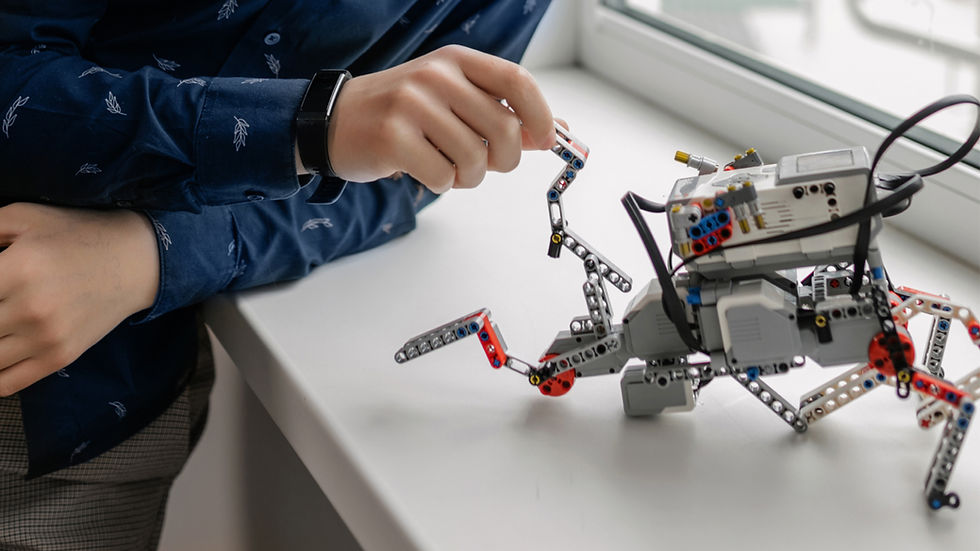Happy Pi Day.
- Zoar Shteinbach

- Mar 15, 2023
- 2 min read
Updated: Mar 15, 2023

Mathematical constant "Pi" has been, probably, one of the most important constants in mathematics. We can find it in wide range of mathematical calculations, and it used in variety of applications in physics, computer science, engineering and even space traveling. Few facts about the number:
1. "Pi" is a constant that represent the ratio of the circumference of a circle to its diameter. 2. It cannot be expressed as a simple fraction and its decimal part goes on infinitely without repeating pattern. Therefore "Pi" is irrational number. 3. Despite its seemingly simple definition, pi has been the subject of intense study and fascination for thousands of years. People have been calculating its value for centuries, and even today, mathematicians continue to explore its many properties and applications. So far, its value of pi has been calculated to 22 trillion digits.
We can not be sure who was the first human or in what culture it was originaly discovered, since "Pi" has been studied and used by humans for thousands of years.
References to "Pi" can be discovered in Ancient Egypt, Babylon, India, Greece and China. Archimedes is most well know ancient mathematician to whom discovery of "Pi" is attributed. But what Archimedes is real achievement is approximation of "Pi" by using a method of inscribing and circumscribing polygons around a circle. Chinese mathematician Zu Chongzhi in 5th century AD refined Archimedes work and approximated "Pi" to 7 decimal places.
Welsh mathematician William Jones in 1706 was first who introduced greek letter π and it was popularized by Swiss mathematician Leonhard Euler in the 18th century.
Why do we celebrate "Pi" day on March 14?

It was year 1988. Being on staff retreat with his colleagues, Larry Shaw "The prince of Pi", had a conversation with his co-worker from Exploratorium museum Ron Hipschman. Larry was very entusiastic talking about mistery of "Pi" and came-up with an idea to comemarate this sagnificant number by linking it to a date. This date become March 14. Why? March is third month of a year which coreponds to the whole part of number "Pi" and the date 14 coresponds to the first two decimal places of the number (3.14). Larry's colleagues liked the idea and had mini-celebration among them. Next year celebration was held at the museum and since then become international day of "Pi".



Comments